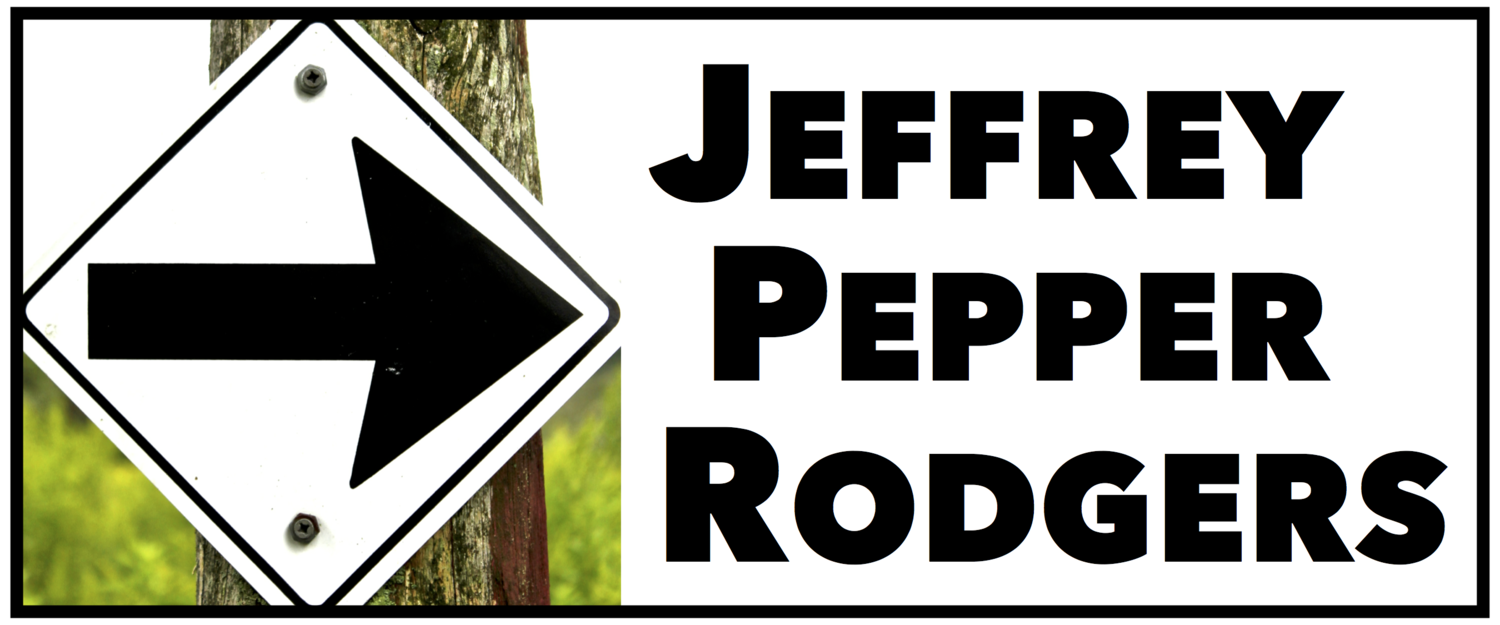How to create sophisticated harmonies on guitar with cluster chords
Think of the opening chord of Neil Young’s “Old Man”—a stark minor with a touch of dissonance. Fretted with just two fingers, that chord is a Dm9, and its edgy sound comes from what’s on top: two notes, E and F, a half step apart on adjacent strings.
You don’t need to know any of this theoretically. You just feel the emotion and tension in the harmony, which alternates between that minor ninth and a comforting D major.
That “Old Man” chord is one example of the evocative sounds you can create using chord voicings with notes that are close to each other—just a half step or whole step apart. Often referred to as cluster chords, these chords may have combplicated suffixes like m(add9), add11, or m( 6), but you don’t have to be a jazz player to reach them. You can take advantage of open strings to add these close intervals, often with easy fingerings, and create complex, surprising harmonies that sound particularly great on acoustic guitar.
In this video lesson for Acoustic Guitar, I build a vocabulary of cluster chords by adding notes to basic major, minor, and seventh chords, mostly low on the neck. Along the way, I share additional examples based on classic songs by James Taylor, Bob Dylan, Janis Ian, Dave Matthews, and more in which cluster chords are central to the sound.
Watch the video above, and find the complete lesson in the May/June 2023 print or digital issue of Acoustic Guitar.
Also included in the issue is my transcription of Bonnie Raitt’s Grammy-winning story song “Just Like That.”

